The term coloured render is actually a bit of a catch-all term that refers to many different render systems.
Monocouche, silicone, acrylic, and mineral renders are just some of the many renders that fall under this umbrella term.
Today, we'll talk you through the different types of coloured render, their pros and cons, and give you some ideas that might inspire you.
And hey, if you're feeling ultra-inspired, you can even reach out to our Cornforth team at MisterRender for a competitive quote. We offer high quality, professional rendering services, and we'd love to help you!
A coloured render system works like most other renders. A cement render is designed to protect your exterior walls and also improve the look of your house. Well, a coloured render does the same thing - only with colour!
Here, colour pigment is mixed through the render to improve its appearance. As a result, they won't require painting afterwards, and they're highly customisable so you can achieve the look you want by picking from a huge range of colours.
Rather than the colour only being applied as a top coat, the colour is mixed throughout - which is where coloured render gets its other name in the industry: through coloured. It's named through coloured because every part of the render is coloured, giving a more complete look that's long lasting.
Coloured render or through coloured render is applied directly to masonry or board systems typically, and may require a base coat and top coat, or simply be applied in a single layer.
How many coats it needs will depend on the render systems used and whether it's a single coat render or a double coat. We'll cover the most common types of coloured render in more depth below and explain how many coats some will need.
Even for double coat renders, though, application is usually much quicker than people realise.
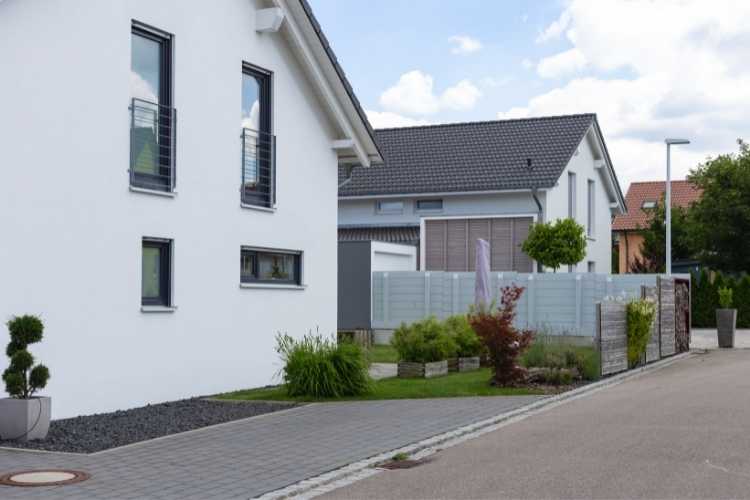
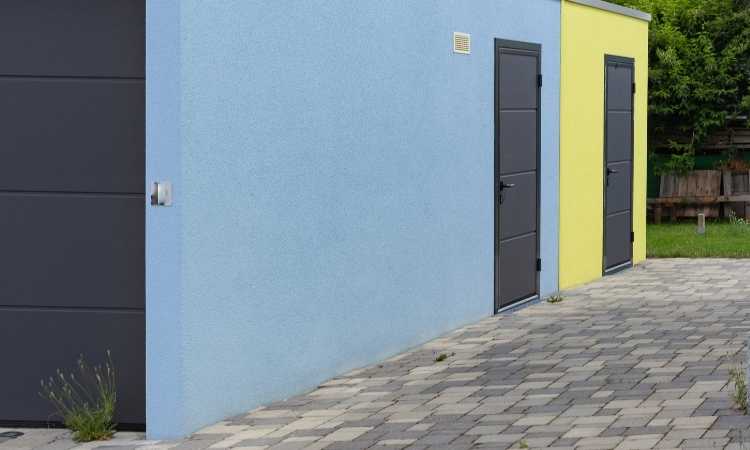
Most of these different types of rendering are thin coats, meaning that they only need to be applied in small amounts over an appropriate base coat to give the finished look and protective properties you'd expect to the house.
Any property with these rendering systems will benefit in a variety of different ways, but we'll cover that more in our pros section towards the end of today's post.
By now, you're probably realising that coloured rendering varies depending on a number of different factors: the most obvious of which is what they're made of.
Below, we'll talk you through the most popular colour render options and explain some of their key differences. For detailed information about each one, you can find specific articles dedicated to them right here on MisterRender. Alternatively, you can contact us today with any questions you may have.
A silicone render is a cement-based render with, you guessed it, silicone technology added to it. Silicone is a plastic with remarkable bonding strength and durability, and by adding it to the render mix, you're better able to create a render that bonds to the surface of your property walls. Silicone render is especially hard wearing.
Silicone render is also unique, because most synthetic based ones (like those made of silicone) tend not to be breathable, but silicone is, making it one of the highest quality render systems for a range of properties.
It's also water repellant, but allows water vapour to pass through, making it especially weather resistant too.
Here, different colours are added to the mix to create a personalised look.
These types of render are especially well known for being fast drying. They're available with colours or without, but the ones with colours are the most popular.
They do have a high performance at a low cost too, making them suitable for a range of budgets, and because of how quick they dry, they can be applied in cold or adverse weather conditions to the building.
Often, these can be mixed with other additives besides the colour to help with dirt resistance.
Monocouche rendering offers a range of benefits, but the biggest one is that it can be applied in just one coat - helping save on labour cost.
The colours on offer with this render vary greatly too, making it one of the more flexible colour render systems available. If you're looking for special finishes (more on this in the section below) then monocouche rendering is the best option here too.
Acrylic or resin render is best known for being incredibly crack resistant due to the strength of the mix. It's also low maintenance, but does need to be applied in two coats.
This is one example of a colour render that isn't breathable, making it ill-suited to an older property or building which relies on being able to 'breathe' to deal with moisture and stop damp from being allowed to form.
It's still a popular choice, though, and is as strong as silicone render, but often costs less.
Of course, it's important to note that all of these coloured renders are more expensive than a traditional sand and cement system, but they also have a range of benefits that traditional cement and sand render don't have...
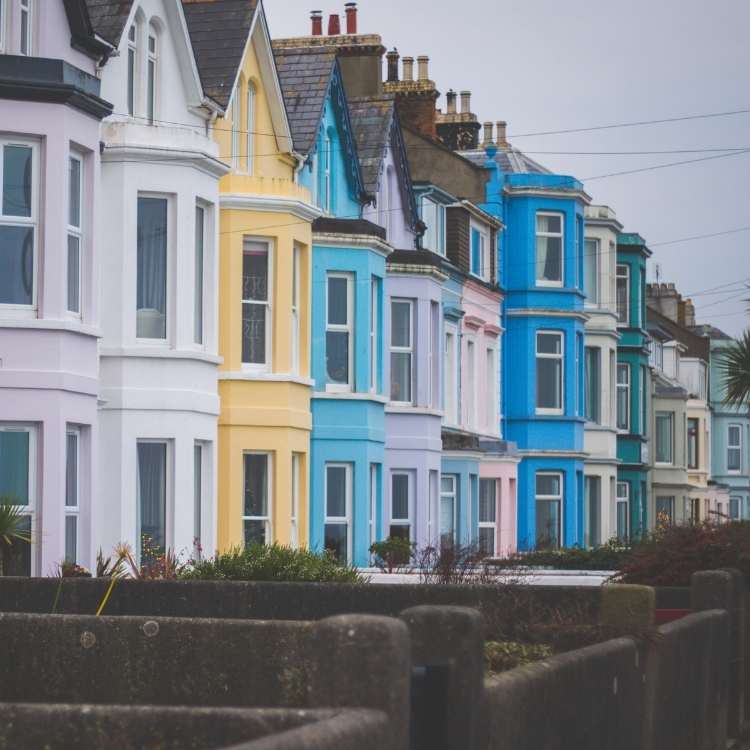
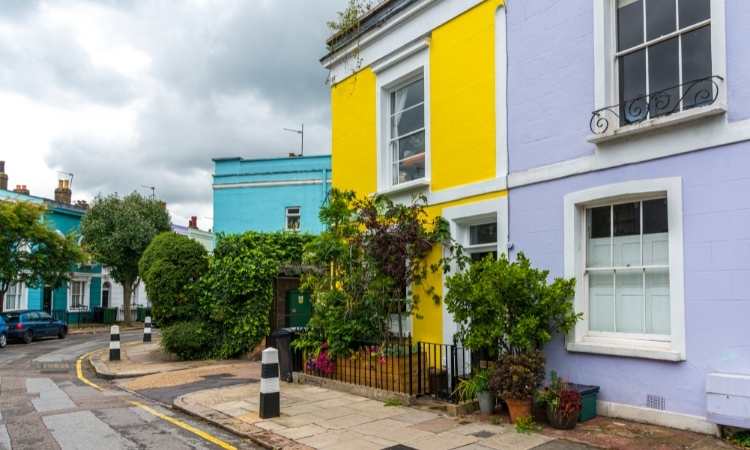
Because you won't have to paint the finished render, getting the colours right now is more important than ever so your house can make the statement you want it to make from the get go.
Of course, you can paint over any of the render discussed today if you prefer, but sometimes it's nice to understand what the popular colours are now, so you can pick something that's right on trend.
Colours that seem most popular for people's property include ivory, grey, and beige colours, which offer something different from the usual brick, but allow you to achieve a muted, but modern look.
Still, the world is your oyster when it comes to render colours, so you can decide to colour the surface of your building however you please!
You can add textures to your home thanks to these render options: fine textured, dashed, scraped - you name it, texture is easy to add to a render with a thinner coat and it allows you to be more flexible with the look you want to create.
A traditional render system is usually stuck in its way more than these - they're either smooth or textured, but they can rarely be interchangeable. With these, the choice is yours.
Of course, if you prefer a smooth finish, we can provide that too. It makes a welcome change from brick, and can make your house more modern and sleek.
Depending on the colour render system you use, you might be able to achieve special effects. Prefer your home to have a classic brick or stone look with colour, but don't want to paint it year in year out? Then monocouche render will allow you to achieve looks like that.
The biggest pro of colour render has to be that there's no painting involved. That means less maintenance, fewer materials needed over time, and a lower cost. Sure, it may cost more initially, but the savings you make in materials over the years make the price worth it.
Depending on the rendering system, you might only need a single coat. Even if you need two, these are often the quickest to apply, meaning a saving on labour cost.
Being able to pick out the perfect colour for your home is special, and knowing it'll last for years is even more so!
With it being so hard wearing and long lasting, you can expect your colour rendering to last for many years and still look great and protect your property as it should - and with breathable and non-breathable options, there are many routes available.
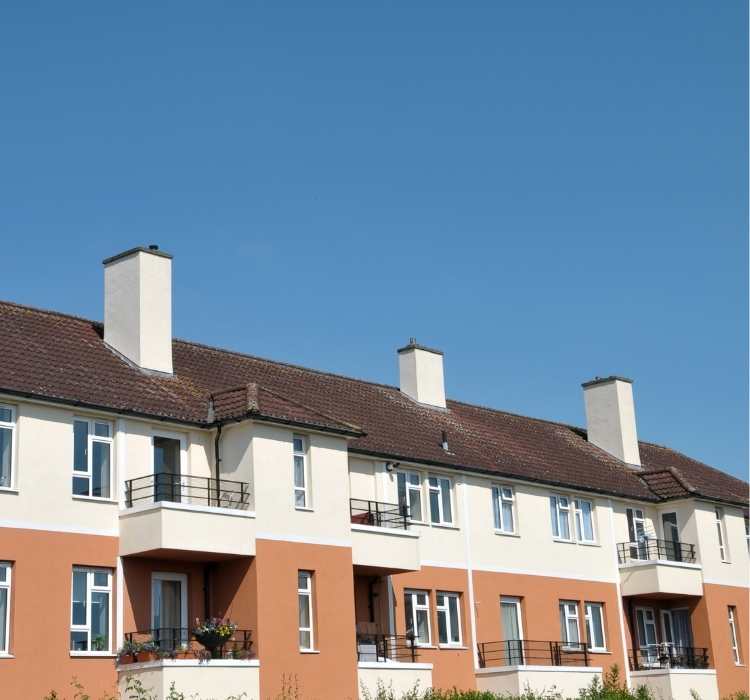
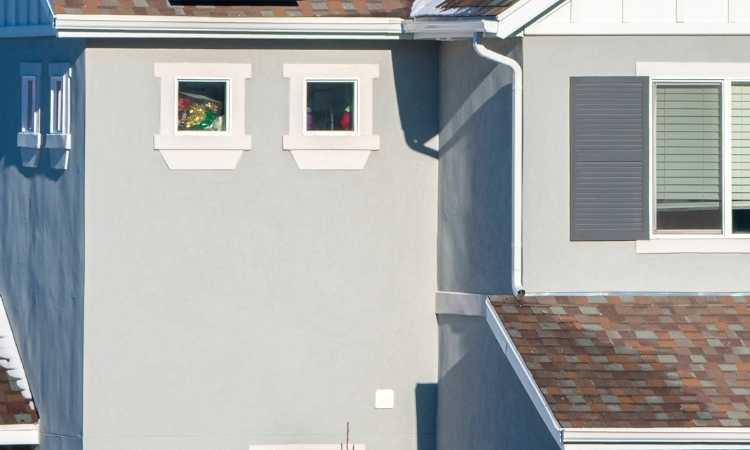
Picking the right one yourself is difficult, but if you contact professional services like ours here at MisterRender, you can get expert advice about the rendering that's right for you.
And better yet, with so much experience and knowledge about all different types of rendering, we can even carry out the job for you at competitive prices! So reach out and contact us today - we're looking forward to making your home in Cornforth special!

You won't have to paint it because it's a through-colored render, and it's algae and water resistant. It also allows the building to breathe, lowering the risk of damp.
Most colours fade or lose strength to variable degrees over time, depending on how much exposure to harsh atmospheric conditions occurs during the life of the coating system.
You can, indeed, paint over the render. You can be an artist of your rendered wall if you have the correct tools and paint.
Regular bleach can be mixed in a 1:1 ratio with water and sprayed onto the surface with a basic pump-up sprayer. Using bleach instead of pressure washing, which may easily harm the render, will ensure it stays cleaner for 4-6 times longer.